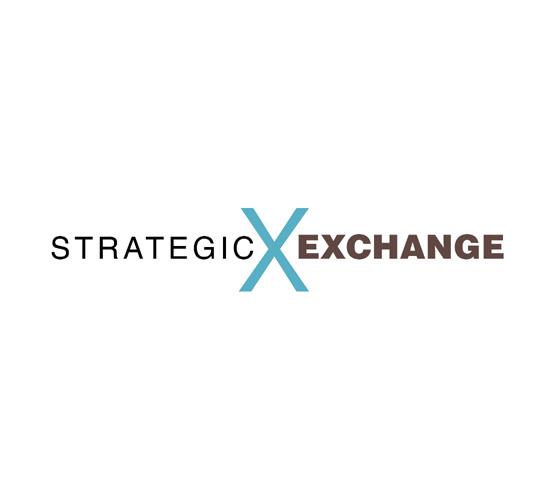Strategic Exchange: Signs point to improving demand for the residential flooring business in 2025 – November 2024
By Kemp Harr
Pulling together the Retail Top 100 numbers was tough this year-the second year in a row that the residential remodel segment has been down by high single digits-as business owners like to keep their cards close to the vest when demand is down and the only way to grow is to take marketshare from other dealers. Let’s not forget, all we’re asking for is the top-line number. It’s the bottom line that’s the true measure of a successful business.
Yes, 2024 has been another challenging year, especially in the residential sector. But there are a couple of silver linings to keep in mind. First, there’s the fact that American homeowners have $35 trillion in home equity, so as soon as they feel confident enough that good times lie ahead, and with interest rates on the decline, homeowners should start to put that money to work by either moving or remodeling-either of which is good for the flooring business.
Secondly, there’s recent good news on the economic front. The U.S. economy is pulling ahead of the world’s advanced economies. According to the International Monetary Fund (IMF), the U.S. economy is outpacing the Group of Seven’s major advanced economies. Thanks to increases in productivity, lower energy costs, higher nonresidential investments and stronger consumer spending, the U.S. economy is outpacing Germany, Japan, France, Italy, Canada and the U.K. According to the IMF, U.S. gross fixed capital formation-a broad measure of investment-will rise 4.5% this year from 2023, more than triple the rate for the other advanced economies.
There are many reasons to feel confident that 2025 will increase demand for floorcovering in the residential sector. In the short term, however, Christmas trees are going up, meaning we’re headed into the seasonal downturn of demand for this industry, so we’ve still got a few more months before the doldrums will clear in the residential segment.
As I mentioned in Viewpoint, with the election process behind us and that element of uncertainty removed, now is the time to budget your business resources so that you can handle the imminent uptick in demand.
MANNINGTON COMMERCIAL’S DEPARTURE FROM STARNET
I was surprised to learn that Richard French and his team at Mannington Commercial had decided to pull out of Starnet after 32 years of partnership. This decision is going to be interesting to watch from the sidelines.
Here’s a little background. When Starnet was formed in 1992, four flooring suppliers stepped up to say “count us in.” They were Armstrong, Milliken, Mohawk Group and Mannington Commercial. The co-op’s mission at its genesis was to counter the efforts by DuPont, Shaw and Interface to build DFS, Spectra and ReSource, respectively, and corner the market with its own national network of commercial flooring contractors.
As a quick aside, let me remind readers that most commercial work is specified by an architect or interior designer, so in many cases, the contractor/dealer has minimal influence on which brand is installed on any given project. Naturally, this level of influence is often debated because many of the large contractors have their own A&D sales force.
Another important data point to understand is how Starnet is funded. There are actually three sources of revenue that sustain the organization. For a vendor partner to join, it agrees to pay a percentage of all purchases by the members to the co-op. The second revenue stream is meeting sponsorships-vendors agree to sponsor a meal or event, and they get recognized for doing so. The big sponsors even get an opportunity to stand in front of the group and make a pitch or show a video on what sets them apart. The last stream is the fee vendors pay to have a booth at the tradeshow that takes place during the meeting.
Now, 32 years later, Starnet has grown to include roughly 180 members, so the meetings are expensive, but the level of influence is also vast.
Mannington Commercial is not a pioneer in this decision to leave the co-op. Mohawk made the same decision in 2014 when Michel Vermette was running Mohawk Group, but it rejoined under Mike Gallman’s leadership. One might think that Mohawk’s test was the proverbial canary in the coal mine, but every company is driven by different metrics.
The $64 question is how much value a vendor receives for the $1.5 million they pay annually to be a member. (This number varies depending on a company’s volume, but I’m using this one for argument’s sake.) How much would it cost to travel to see 180 accounts? Does having a relationship with that many contractors really influence whose product ends up being installed on the project floor?
This move will certainly be a test for Starnet, as all the other vendor partners stand by and watch. We all know that a floor isn’t a floor until it’s properly installed. Will the Starnet members continue to install Mannington’s floors now that it’s left the co-op? On principle, those contractors may prefer to go with a manufacturer that supports Starnet, but, in practicality, it would be foolish to pass on a project just because a Mannington product was specified. After all, they need to keep their labor employed, right?
I’m a big fan of both Starnet and the Campbell family. If this is a win/lose scenario, I’m not weighing in. I wish everyone involved the best. We’re all watching to see how this plays out, and as my mom used to say, “Don’t pull on that loose thread.”
If you have any comments about this month’s column, you can email me at kemp@floorfocus.com.
Copyright 2024 Floor Focus
Related Topics:Spectra Contract Flooring, Mohawk Industries, Shaw Industries Group, Inc., Armstrong Flooring, Mannington Mills, Starnet, Interface, RD Weis
